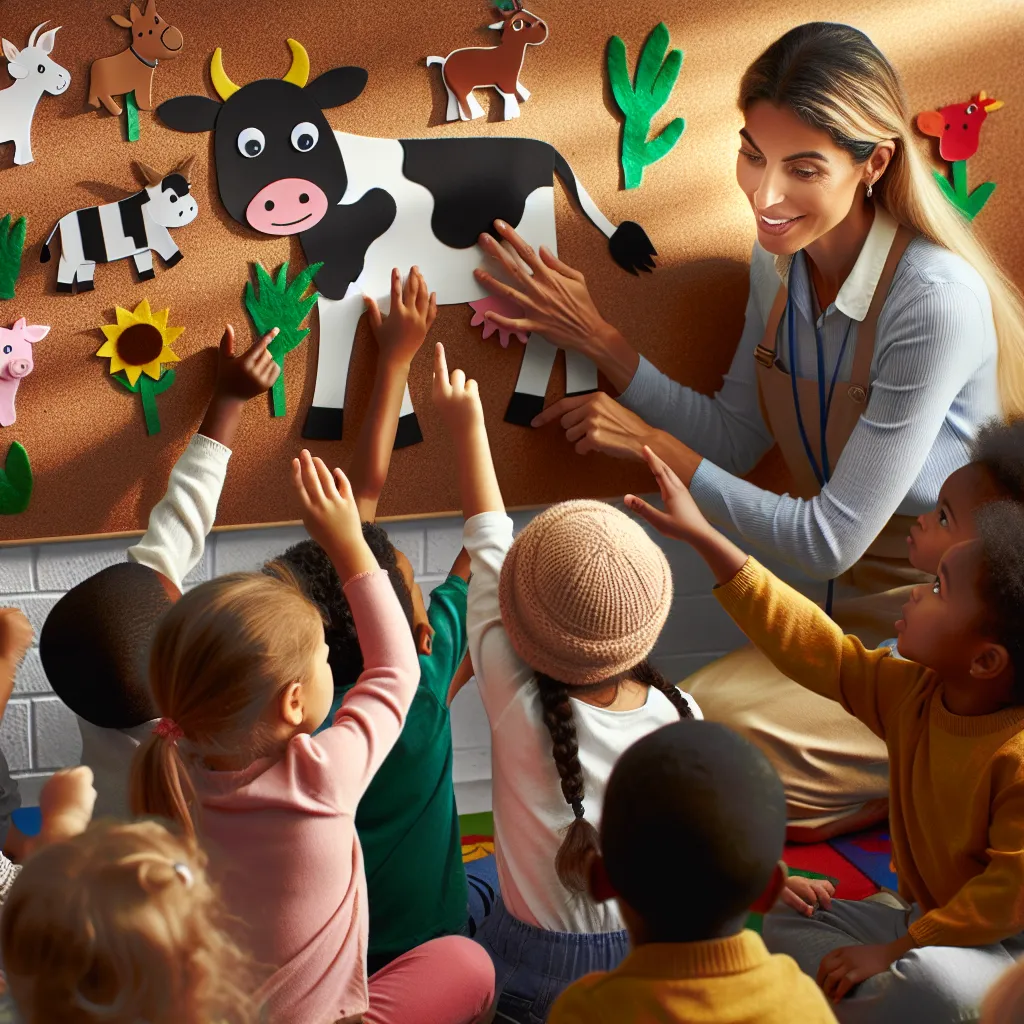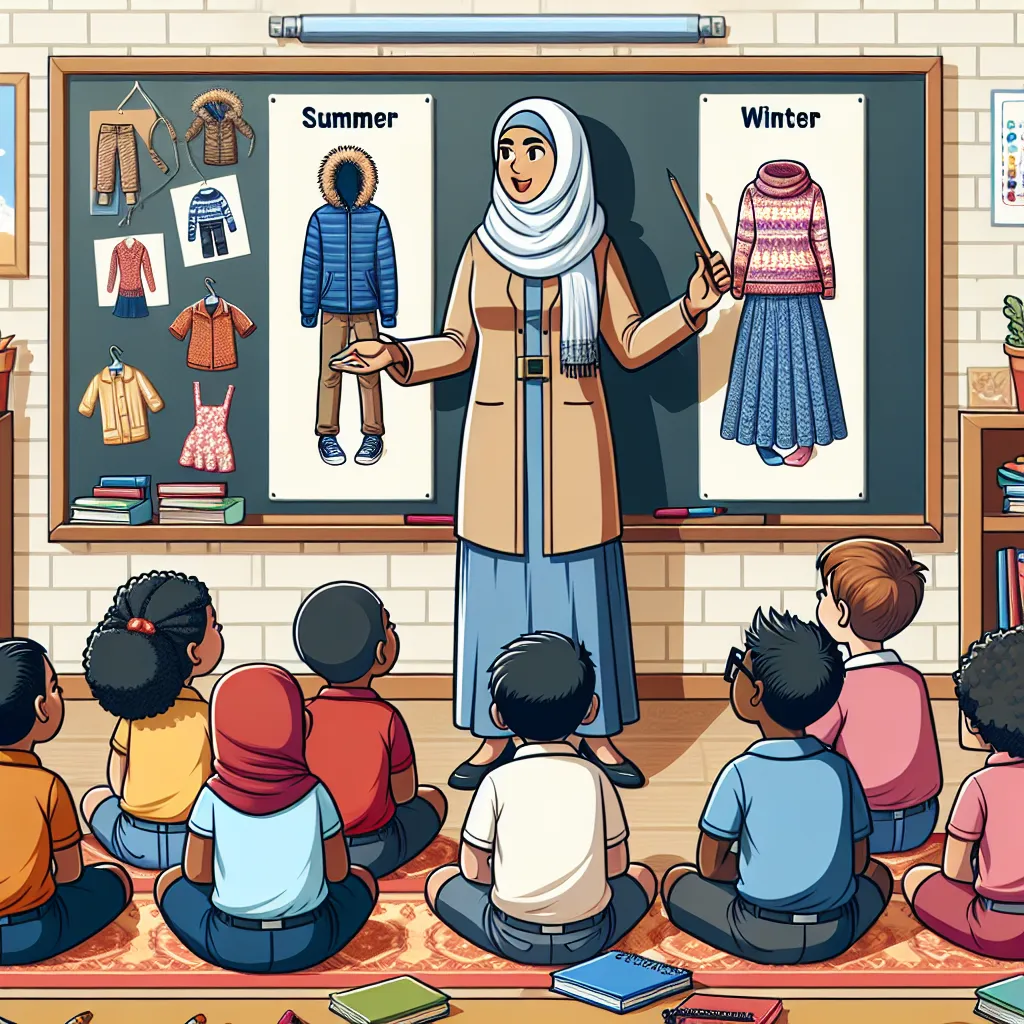Ask AI on The Internet
Question: Create a short activity that demonstrates how a Grade R teacher builds new knowledge onto existing knowledge in the classroom. Use any ONE (1) of the following topics: - Transport - Seasons - Farm animals - Healthy lifestyle - Safety
### Activity: Understanding Seasons #### Objectives: 1. To help learners understand the concept of seasons. 2. To build on their existing knowledge of weather patterns and personal experiences. #### Materials: - Pictures of the four seasons (spring, summer, autumn, winter) - Seasonal clothes (e.g., hats, swimsuits, scarves, jackets) - Seasonal items (e.g., leaves, flowers, snowflakes, sun images) - Chart paper and markers - Crayons and drawing paper #### Steps: 1. **Introduction (5 minutes)** - Begin by asking the students if they know what the word "season" means. - Show pictures of different seasons and ask students to describe what they see in each picture. - Relate the seasons to their own experiences by asking questions like, "What do you wear when it's cold?" or "What activities do you do in the summer?" 2. **Story Time (10 minutes)** - Read a short story or show a short video about a year in different seasons. - Pause at key points to ask questions and engage students. For example: "Why do you think the leaves are falling off the trees here?" 3. **Hands-On Activity: Dress the Season (15 minutes)** - Divide the class into four groups, assigning each group a different season. - Provide each group with a mix of clothes and seasonal items to sort. - Have students dress a paper doll (or themselves, if feasible) in appropriate seasonal clothing and select appropriate items. 4. **Discussion and Connection (10 minutes)** - Ask each group to share why they chose those clothes and items for their season. - Use a chart paper to create a seasonal calendar, filling in typical weather and activities for each season as students share their choices. - Highlight how seasonal changes affect what we wear and do, reinforcing how their existing knowledge of daily activities fits into this bigger picture. 5. **Creative Expression (10 minutes)** - Provide crayons and drawing paper. - Ask students to draw a picture of their favorite season and include items and clothing that belong to that season. - Encourage them to explain their drawings to the class or to a partner. 6. **Conclusion (5 minutes)** - Summarize by revisiting the seasonal calendar. - Ask students to share something new they learned about seasons. - End with a fun, simple song or rhyme about the seasons. #### Assessment: - Observe students' participation in discussions and activities. - Review their drawings to see if they correctly associate items and clothing with the corresponding seasons. - Listen to their explanations and connections they make during the discussion. This activity not only introduces the concept of seasons to young learners but also builds on their pre-existing knowledge of weather and personal experiences, making the new information more relatable and easier to understand.
Think your answer is better than the AI's? Post it below.
Other Most Relevant Posts:
Question Tags
If you want your question answered by an AI, click here.







Post your own comment: